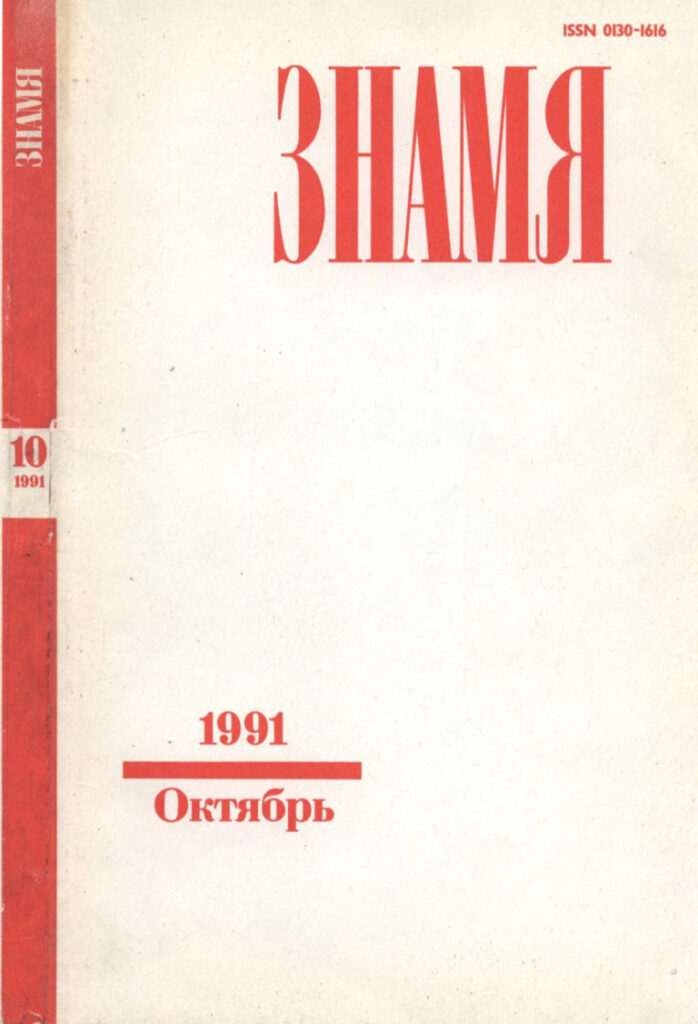Znamia Digital Archive
Prominent literary journal in publication since 1931
The comprehensive archive of Znamia (Знамя, Banner), an esteemed Soviet/Russian “thick journal” (tolstyi zhurnal), spans over nine decades and serves as a treasure trove of intellectual and artistic contributions. This lively platform for literature, critical analysis, philosophy, and at times, political commentary is published monthly.
Originally launched in January 1931 under the name LOKAF (Локаф), an acronym for the Literary Association of the Red Army and Navy, the journal was officially rebranded as Znamia—which translates to ‘Banner’ in English—in 1933. Throughout its history, Znamia has been a pivotal venue for showcasing the works of preeminent authors such as Anna Akhmatova, Alexander Tvardovsky, Yevgeny Yevtushenko, Konstantin Paustovsky, Yuri Kazakov, and Yuri Trifonov.
In the era of perestroika, beginning in 1986, Znamia underwent a significant transformation, evolving into one of Russia’s most widely read literary journals and serving as a herald of the perestroika movement.
